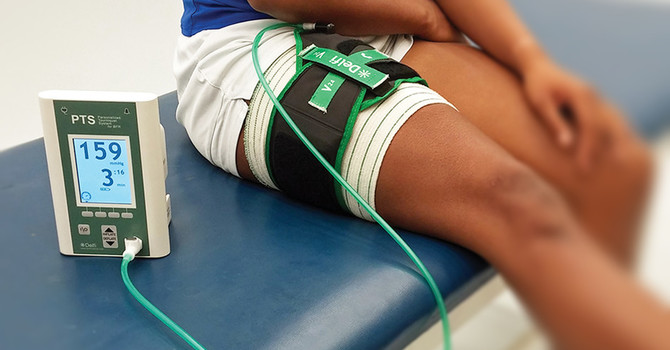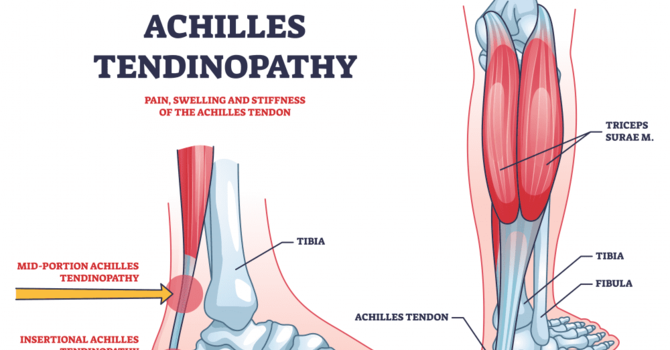
What if I told you up to 84% of people have a disk bulge in their lower back. Similarly, it has been reported 87% of people have a herniated disk in their neck. And the best part, these people had no pain!
Numerous studies have reported similar findings that a high proportion of positive changes in images in asymptomatic individuals on nearly every body part (see below). If someone with no pain has similar changes on an image to someone with pain, can we say those changes are abnormal and the reason for their pain? These changes could have already been present long before the pain started. Also it has been shown these changes seen on images do not correlate with pain and function.
While imaging has a valuable place in the management of musculoskeletal conditions (fracture management), we may be placing too much weight/emphasis on using imaging for diagnostics. Imaging is only one piece of the puzzle, and one’s clinical presentation must correlate with these findings on images to be helpful.
Ample peer-reviewed articles and organizations continue to provide resources and education to help clients make informed decisions. One example is the choosing wisely initiative whose goal is to “ advance a national dialogue on avoiding unnecessary medical tests, treatments, and procedures.” When treating low back pain, they argue imaging tests are not usually helpful and that those who undergo an MRI are more likely to have surgery than those who do not get an MRI. And those that underwent surgery did not have improved outcomes.
If one truly wants to manage their pain best, they should understand the multifactorial nature of pain. By definition, pain is “an unpleasant sensory and emotional experience.” This meaning pain has both a physical and emotional component. By making a diagnosis off of an image, you are looking in a purely biological/structural lens and overlooking the emotional part that our thoughts, attentions, and stressors influence our pain output.
In summary, it is quite common to see changes in our bodies when diagnostic imaging is performed. If one does not understand these changes more often than not are normal, this may put added fear into that person's emotional system and can further increase their pain output. If you have already undergone diagnostic imaging or think you need to, please consult with your physical therapist to help you make an informed decision.
Prevalence of Abnormal Finding in Imaging in Individuals With No Pain
Cervical Spine:
Nakashima et al.(2015) spine
Examined 1,211 healthy asymptomatic individuals aged 20-70
Disk herniation= 87.6% that increased with age in terms of frequency, severity, and number of levels
Individuals in their 20’s had bulging discs with 73.3% and 78.0% of males and females, respectively.
Conclusion: “Disc bulging was frequently observed in asymptomatic subjects, even including those in their 20s.”
Lumbar Spine:
Brinjikji et al. (2015) Am J neuroradiol
Systematic review of articles reporting the prevalence of imaging findings (CT or MR imaging) in 3,110 asymptomatic individuals aged 20-80
Disk degeneration= 37% (20 y/o) to 96% (80 y/o)
Disk bulge = 30%( 20 y/o) to 84% (80 y/o)
Conclusion: “Imaging findings of spine degeneration are present in high proportions of asymptomatic individuals, increasing with age.”
Knee:
Culvenor et al. (2018) BJSM
Systematic review and meta- analysis examined 5,397 asymptomatic knee’s
Stratified by mean age: <40 y/o vs ≥ 40 y/o
Osteoarthritis (OA) 4-14% in individuals < 40 y/o / 19-43% in individuals ≥ 40 y/o
Cartilage Defect= 11% / 43%
Meniscal Tear= 4%/ 19%
Conclusion: “Imaging findings should be interpreted in the context of clinical presentations and considered in clinical decision-making.”
Hip:
Frank et al. (2015) arthroscopy
Systematic review of 2,114 asymptomatic hips (57.2% men; 42.8% women)
Average age= 25.3 years old
Labral Injury= 68%
CAM= 37%- 54% in athletic population; 23.1% in general population
Pincer = 67%
Conclusion: “FAI morphological features and labral injuries are common in asymptomatic patients. Clinical decision making should carefully analyze the association of patient history and physical examination with radiographic imaging.”
Shoulder:
Teunis et al. (2014) J Shoulder Elbow Surg
Systematic review of 6,112 shoulders both symptomatic and asymptomatic individuals
2,444 out of 6,112 shoulder were asymptomatic individuals
Asymptomatic rotator cuff abnormality in 6.7% (20-29) to 56% (>80 yrs old)
Conclusion: “The prevalence of rotator cuff abnormalities in asymptomatic people is high enough for degeneration of the rotator cuff to be considered a common aspect of normal human aging and to make it difficult to determine when an abnormality is new or is the cause of symptoms.”



